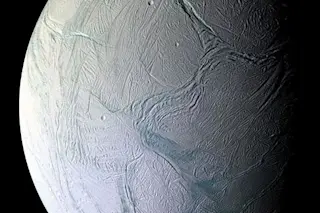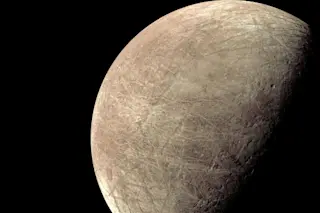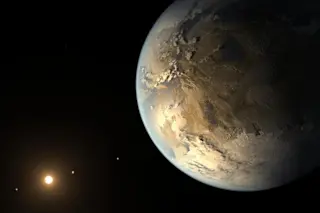Readers of this blog know that I’m a big fan of Quora, because it lets non-experts raise the kinds of speculative questions that don’t normally come up in formal scientific discussions. One frequent theme that comes up is the issue of what we would do if we found intelligent life on a planet around another star. A recent posting in particular caught my eye: “What would we do if we found an Earthlike planet with intelligent life that is 500 years behind us in technology and advancements?”
Well, that’s a fun thought experiment! It’s not one question, really, but a whole set of nested questions about how to find alien life, how to determine the presence of alien intelligence, how to determine the nature of that intelligence, and then how we would study it, or even try to make contact with it. There’s a big moral issue at the end, ...














